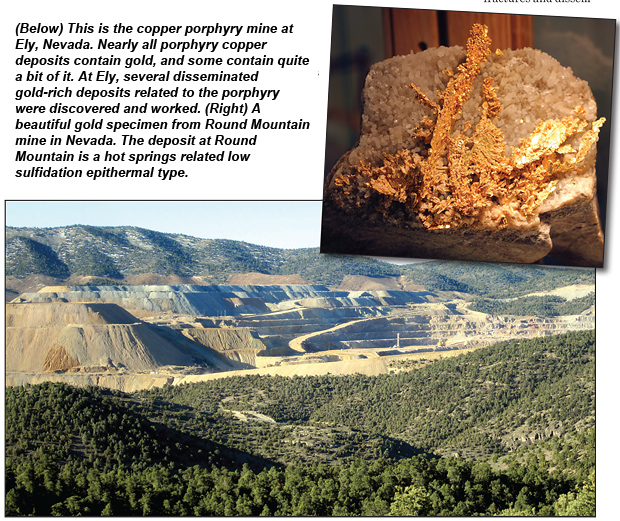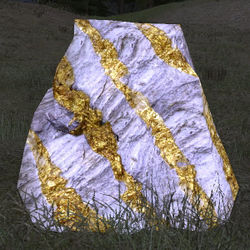Gold Deposit
The largest deposit of gold in the world is also one of the most contentious. Rio Tinto and Anglo American walked away from the Pebble copper-gold deposit near Bristol Bay, Alaska years ago.
Gold forms in so many ways, and California boasts a number of them. This is why panning for gold in California is such a lucrative endeavor, whether it’s a burning passion or a relaxing hobby. Here are just a few of the ways California gold deposits are formed and exposed for our discovery!
Gold Deposits Nj


- Vents at the bottom of the sea called smokers occur when earthquakes and undersea volcanoes spread open the crust of the Earth itself. Minerals in which gold and other metals are concentrated are spewed into the water, where they meet the cold ocean water and harden into deposits. What’s this matter when we’re on land? Keep in mind that tens of millions of years ago, California was stuck between the Pacific Ocean and the Western Interior Seaway, a sea that took up most of the Great Plains states. This prime location is part of what makes California so rich in gold today.
- Water thick with gold and other metals is heated by magma and forms deposits in volcanoes. Gold ore is formed in the rocks of active volcanoes this way. Now, we can’t climb into an active volcano, but when those volcanoes go dormant or extinct, like much of the Sierra range, those deposits still remain. Given so many of our mountains were once active shield volcanoes, this means that erosion has unearthed their treasures over the millennia they’ve been enjoying retirement.

The gold deposits occur wherever sediments are present in the river itself, adjacent to the river, and above the river. The early miners apparently found large deposits of the fine gold in the river, called river bar deposits. They also discovered gold above the river in deposits known as “skim bars” and “bench gravels.”. Glacial Gold Deposits in the Midwest States. It is now clear that most of the gold-rich Midwest states got their gold from glacier deposited moraines. Most of the gold was carried from Canada during the ice age and deposited in the Midwest as the ice begun to recede. The gold-bearing deposit there is probably a cemented placer, consisting of gravel that was deposited by a preglacial stream or river. The river flowed northeastward over the preglacial surface in Pliocene or early Pleistocene time, maybe two or three million years ago.
- A third way gold is formed involves hot springs. When hot rocks heat ground water, fluids from deep in the earth form in these areas. Hot springs with low sulfur fluids offer these kinds of deposits.
How Is Gold Created
- When mountains are pushed up by tectonic plates shoving up against each other, fractures are formed in the crust of the Earth. Superheated fluids rise up into these fractures. As in our other examples, these fluids are metal-rich. When they become trapped or harden, they form quartz veins that bear great amounts of gold. This is how much of the gold is formed in the Sierra range here in California.
Gold Deposits In Georgia
- Placer deposits are constantly being formed as gold is exposed and swept down waterways. This is what makes rivers and streams in the area such treasure troves for gold. Panning for gold in California can be so lucrative because we’re located at the intersection of so many ways gold is formed. As the mountains and cliffs are exposed over years and years of weathering, more and more of these California gold deposits are exposed and washed into our streams and rivers.